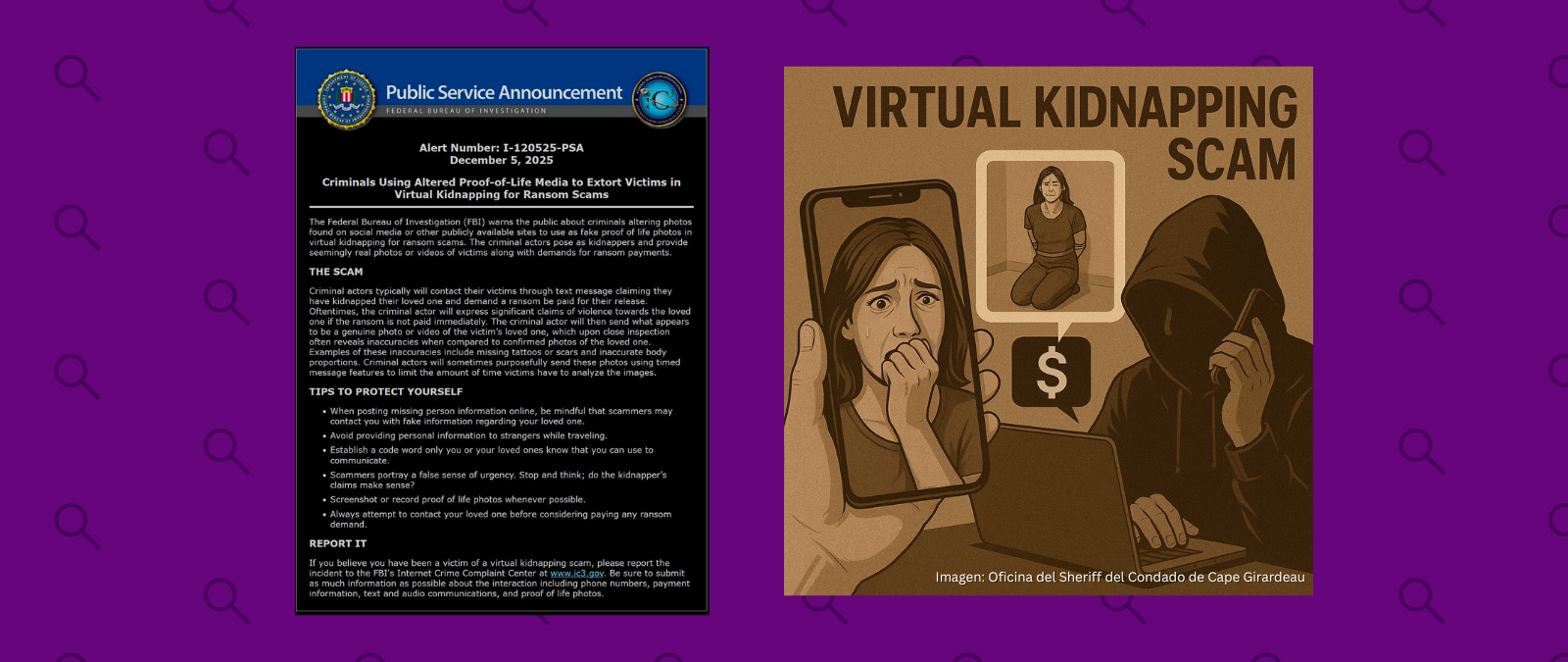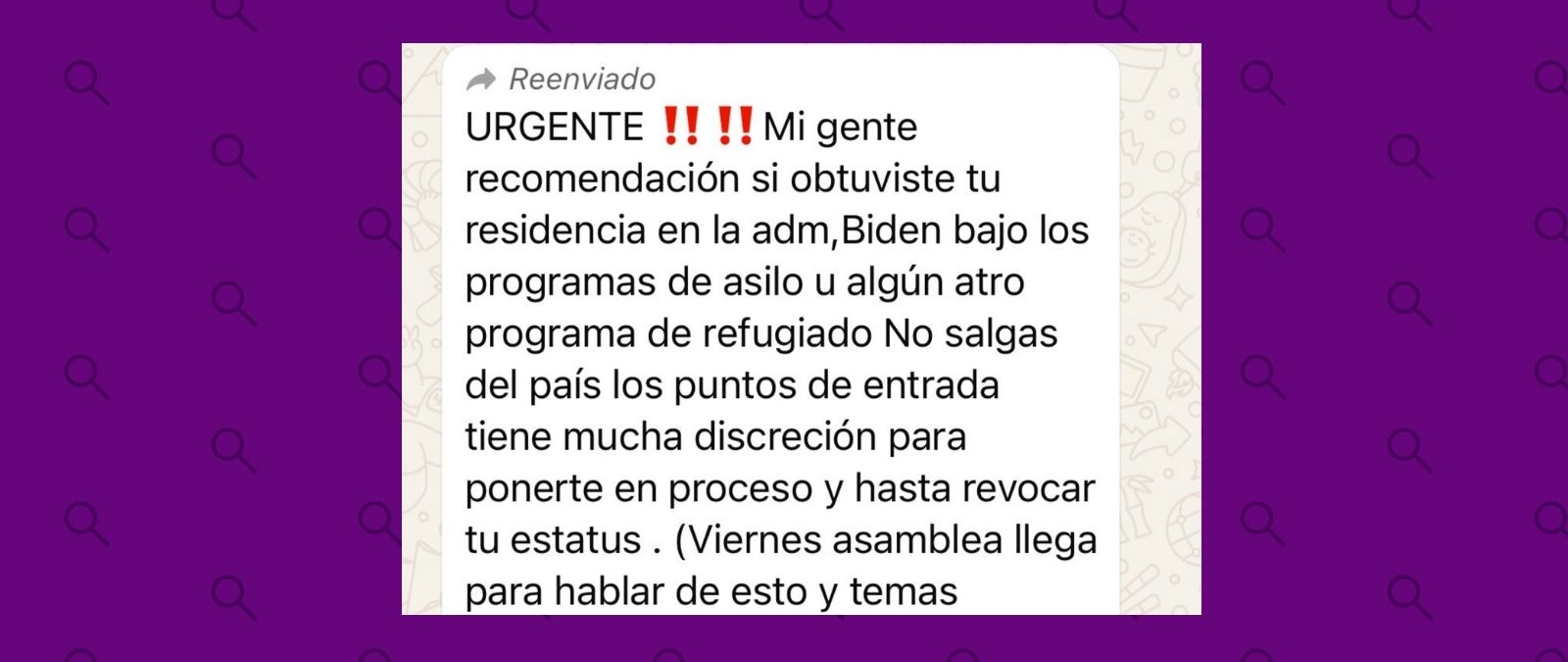More than 37 million adults in the United States suffer from diabetes and, 1 in 5 of them are unaware of it, according to the Centers for Disease Control and Prevention (cdc). This chronic disease, which affects the way the body converts food into energy, is caused by insufficient production of insulin (a hormone that allows blood sugar to pass into cells) by the pancreas or by the ineffectiveness with which the body uses it.
The effect of uncontrolled diabetes is hyperglycemia (increased blood sugar), which can cause damage to the heart, blood vessels, eyes, kidneys, and nerves. Below, we dismantle some misinformation and myths related to this disease.
Types of diabetes
It is important to keep in mind that two types of diabetes exist : type 1 and type 2.
Diabetes type 1 occurs when the body does not produce insulin (or, if it does, a insufficient amount). It is not known exactly why it appears, but it is known that there are genetic, immune and environmental factors that predispose to having the disorder. It is more common to develop it before the age of 30 and their patients are dependent on insulin, so they need to administer it.
Diabetes type 2, the most common one in the world, occurs when the body develops a greater resistance to insulin. The main factor that favors its appearance is lifestyle (excessive food intake, unhealthy diet, overweight, obesity, smoking and little physical activity), although the hereditary factor also matters. It is more common to develop it after the age of 30 and although it may be necessary in some cases, it does not always require the patient to take insulin, as there are other treatments available.
There are also other types of diabetes with less prevalence than the previous ones, such asgestational diabetes, which appears during pregnancy and affects how cells use glucose during pregnancy; MODY, with characteristics similar to type 2, but in a younger population and associated with genetic alterations; or prediabetes, when blood glucose levels are higher than normal and begin to cause damage to the body, but not high enough to diagnose diabetes.
Why diabetes affects Hispanics or Latinos more; genetics, food, weight and activity
There are certain populations with a greater probability of presenting pre diabetes and type 2 diabetes, according to the CDC. The body indicates that, in general, adults in the United States have a 40% chance of developing type 2 diabetes throughout their lives. But this figure increases to 50% in the case of Hispanics or Latinos.
The complications of this disease also affect this group “more strongly”. As the CDC says, Hispanics/Latinos have higher rates of kidney failure, as well as diabetes-related blindness and vision loss.
But why are these people at higher risk of experiencing type 2 diabetes and some complications? Among the factors that can play a role, the CDC lists genetics, diet, weight, and activity.
The body suggests that hispanics of Latinos may have genes that increase their chances of developing type 2 diabetes. In addition, in some cultures, “foods may be high in fat and calories.”
“Additionally, family celebrations can create social pressure to overeat, and refusing to eat something could be considered impolite,” the CCD states. There are also those who “consider being overweight as a sign of health rather than a health problem.”
However, as recognized by the CDC, it is important to note that these risk factors are general and may not apply to individual Hispanics or Latinos or to specific Hispanic or Latino groups.
Weight is not the only risk factor for type 2 diabetes
There is a false belief that only overweight people can develop type 2 diabetes. While it is true that it is a risk factor, it is not the only one. The American Diabetes Association (ADA) explains that other factors also play a role, such as the amount of physical activity you get, family history, ethnicity, and age.
“Unfortunately, many people think that weight is the only risk factor for type 2 diabetes, but many people with this disease are normal weight or moderately overweight”, says
People with diabetes do not need to eat special food
The ADA insists that people with diabetes do not need to eat special foods. There are some that come packaged and claim to be “diabetic friendly.” But, according to the association, they can raise blood glucose levels, be more expensive and contain sugar alcohols with a possible laxative effect.
A healthy eating plan for people with diabetes is typically the same as one for someone without diabetes, the ADA says. In general, “include plenty of non-starchy vegetables, limit added sugars, swap refined grains for whole grains, and prioritize whole foods over highly processed ones whenever possible.”
The CDC says that “managing blood sugar is the key to living well when you have diabetes.” Therefore, a person with this disease must eat healthy foods in the correct amounts and at the appropriate time. Therefore, it is best to establish certain guidelines with a nutritionist.
There is no evidence that people with diabetes must avoid carbohydrates
Although some people with diabetes avoid carbohydrates in their diet, there is no scientific evidence that doing so is beneficial, according to the ADA. In fact, “including the right amounts of carbohydrates, protein, and fat can help control blood glucose levels.”
But then, how many carbohydrates should a person with diabetes eat? There is no valid answer for all since every body is different. The CDC explains that, on average, about 45% of the calories consumed by people with diabetes should come from carbohydrates. But keep in mind that the amounts depend on age, weight, activity level, and medications taken. It is ideal, as we have mentioned previously, it would be to consult a nutritionist.
Diabetes cannot be spread, nor are those who have it more likely to contract diseases
It is not true that diabetes can be transmitted through sexual contact, saliva, or blood. “Even though we do not know exactly why some people develop diabetes and others do not, we know it is not contagious”, the ADA assures.
As this organization points out, there is no evidence that people with diabetes are more likely to catch a cold or contract another disease. But if they get the flu, they can develop serious complications. Therefore, the ADA advises them to get vaccinated against this disease.
Diabetes cannot be cured, but it is possible to prevent it and delay it
Diabetes is a chronic disease (except for gestational diabetes). This means that, to this day, there is no cure.
However, in some cases it is possible to speak of remission of type 2 diabetes, explained on Instagram by Dr. Mauricio Gonzalez (Dr. Mau on his networks), specialized in internal medicine, emergencies and obesity. The expert refers to the DiRECT study, published in 2017 in the magazine The Lancet. This work demonstrated that if a significant weight loss was achieved, it was possible to make the disease remit and get rid of the drugs.
Ambrish Mithal, president of endocrinology and diabetes at Max Healthcare, stresses that “we must remember that we are talking about remission and not reversal because reversal implies that it is permanent no de reversión”. “Some of these people may stay in remission, but some may see their diabetes return. As of now, there is not enough data to make sure that people will remain in a non-diabetic state permanently”, explains to The Economic Times newspaper.
Diabetes can also be treated, can be lived with, limiting its impact on health and, in many cases, preventing or delaying its onset, according to Medline Plus, the service of the National Library of Medicine of the United States. La diabetes, además, se puede tratar, convivir con ella limitando sus repercusiones en la salud y, en muchos casos, según Medline Plus, el servicio de la Biblioteca Nacional de Medicina de Estados Unidos.
To prevent the disease, it is advisable to have an active life and exercise, avoid alcohol and tobacco consumption, control body weight to avoid being overweight and obesity, and maintain a healthy diet that limits the intake of added sugars, red and processed meats and unhealthy fats.
Factchequeado is a means of verification that builds a Spanish-speaking community to counter misinformation in the United States. Do you want to be a part? Join and verify the content you receive by sending it to our Whatsapp +16468736087 o a factchequeado.com/whatsapp.









